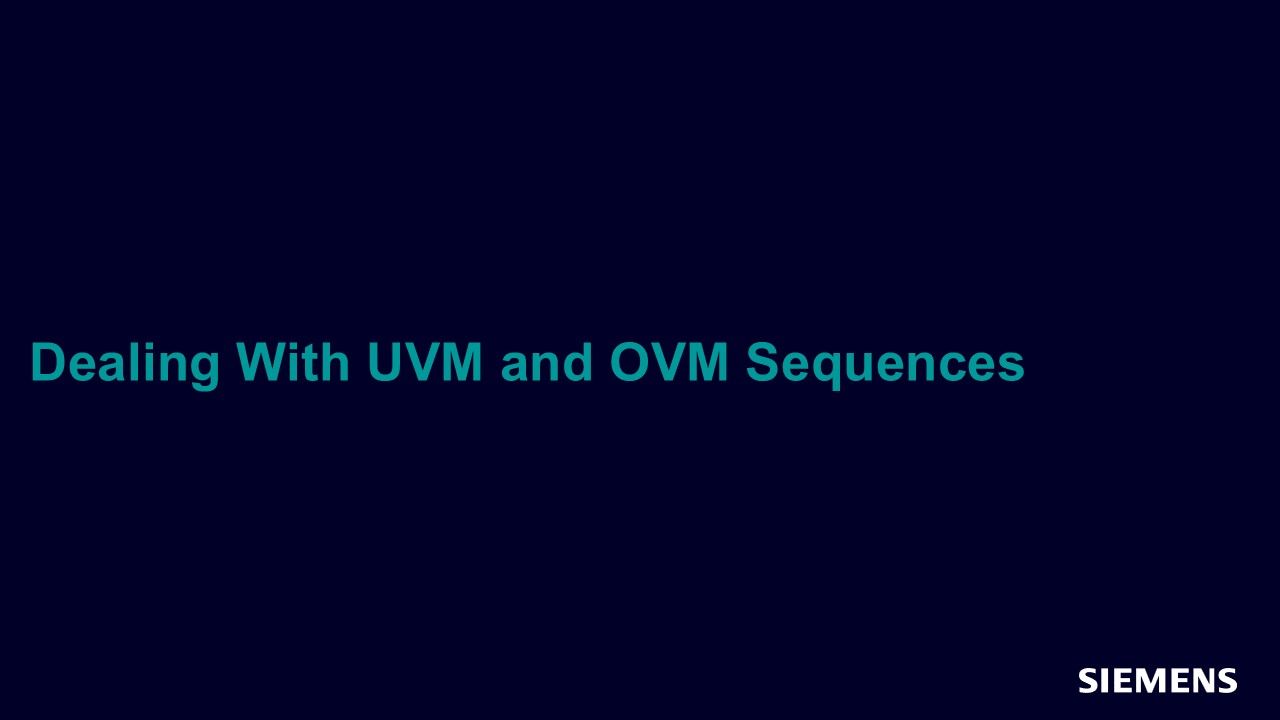Dealing With UVM and OVM Sequences
UVM/OVM methodologies are the first choice in the semiconductor industry today for creating verification environments. Because UVM/OVM are TLM-based (Transaction Level Modeling), sequence and sequence items play vital roles and must be created in the most efficient way possible in order to reduce rework and simulation time, and to make the verification environment user friendly. This article covers how to write generic and reusable sequences so that it's easy to add a new test case or sequence.

Full-access members only
Register your account to view Dealing With UVM and OVM Sequences
Full-access members gain access to our free tools and training, including our full library of articles, recorded sessions, seminars, papers, learning tracks, in-depth verification cookbooks, and more.